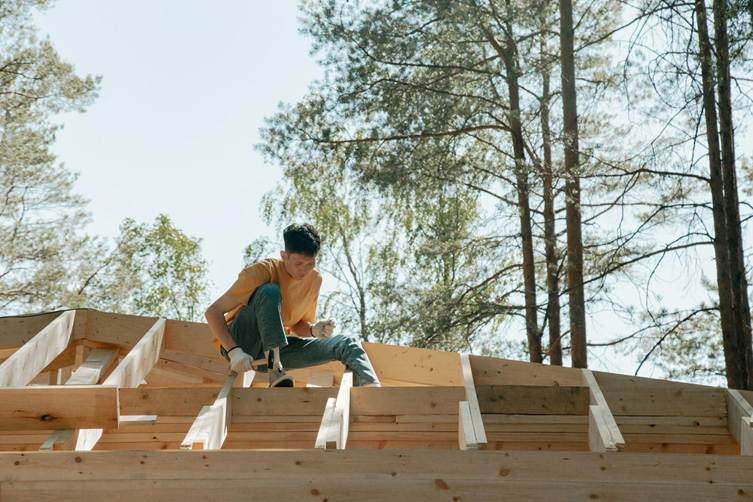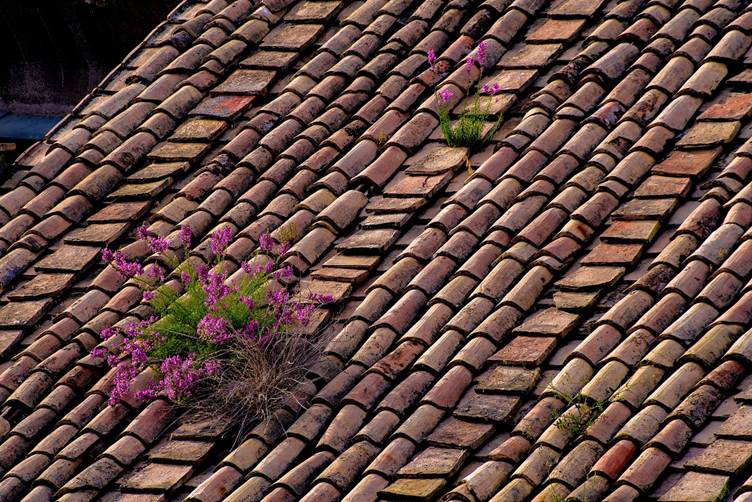Choosing the right roofing material for your home can feel like a daunting task. With numerous options available, it’s essential to weigh the pros and cons of each type to determine what best meets your needs. Factors such as climate, budget, durability, and aesthetic appeal all play significant roles in your decision-making process. This guide will explore the most common roofing materials, providing insights that will help you make an informed choice for your home.

Asphalt Shingles
Asphalt shingles are one of the most popular roofing materials in North America, known for their affordability and ease of installation. They come in a variety of colors and styles, making them suitable for a wide range of architectural designs. Typically composed of fiberglass and asphalt, these shingles provide effective waterproofing and durability. The average lifespan of asphalt shingles ranges from 15 to 30 years, depending on maintenance and weather conditions. They are particularly well-suited for moderate climates but may not perform as well in regions with extreme temperature fluctuations.
Metal Roofing
Metal roofing has gained traction among homeowners due to its longevity and energy efficiency. Available in several materials, including aluminum, steel, and copper, metal roofs can last 40 years or longer with minimal upkeep. This roofing option reflects solar heat, significantly reducing energy costs during warmer months. While metal roofs may come with a higher upfront cost than asphalt shingles, their long-term savings can make them an appealing investment. Metal roofs are fire-resistant, adding an extra layer of security to your home.
Clay and Concrete Tiles
Clay and concrete tiles provide a unique aesthetic that complements a Mediterranean or Spanish-style home beautifully. These materials are exceptionally durable, often lasting over fifty years. They are resistant to rot and insect damage, enabling homeowners to enjoy peace of mind regarding their roof's longevity. Despite their longevity and visual appeal, clay and concrete tiles come with a few drawbacks. Installation is more complex and costly due to their weight, requiring a sturdy roof structure. This roofing option also demands extra maintenance, particularly in regions prone to heavy rains or winds, as debris can become trapped under the tiles.
Choosing the Right Roofing Material
When deciding on the best roofing material for your home, several factors should be considered. Begin by assessing your local climate, as certain materials perform better in specific conditions. If you live in an area with high winds or heavy rainfall, opting for a more robust option, such as metal or slate, may be wise. Another crucial aspect is your budget. Determine how much you can invest in your roof, considering both initial costs and long-term savings. Think about the aesthetic appeal and how the material complements your home’s architecture. Some materials also offer energy-efficient benefits, helping to reduce cooling or heating bills over time. It’s also wise to check if your chosen material meets local building codes or neighborhood association guidelines.
Professional Installation Matters
Choosing to work with an experienced contractor can significantly impact your roofing project’s success. Engaging a locally owned and operated roofing company ensures that your roof is built to withstand the elements for years to come. Poor installation can lead to premature wear and increased repair costs, negating any savings from a lower-quality material choice. Finding a reputable company with solid customer testimonials is crucial to achieving lasting results. Experienced roofers are also more likely to adhere to local building codes and regulations, ensuring your project passes inspection without issues. They can recommend the best materials for your region’s climate, which helps prevent weather-related damage. Ultimately, a professionally installed roof adds value to your home and peace of mind to your investment.

Maintaining Your Roof
Once your roofing material is installed, regular maintenance is vital to extend its lifespan and preserve its appearance. Most homeowners can take simple steps such as clearing debris from gutters and downspouts, inspecting shingles or tiles for damage, and ensuring that flashing around chimneys and vents remains intact. Scheduling regular inspections with a professional can prevent minor issues from escalating into costly repairs, keeping your roof in excellent condition. Seasonal changes, such as freeze-thaw cycles or heavy storms, can cause hidden damage that only a trained eye can detect. Keeping a log of maintenance tasks and repairs helps track your roof’s health over time. Proactive care not only saves money in the long run but also helps maintain your home’s overall structural integrity.
Determining the right roofing material involves considering various factors, including climate, budget, and aesthetics. From asphalt shingles to metal and slate, each option offers unique advantages. Collaborating with a skilled contractor can help ensure a successful installation that meets both homeowner requirements and local regulations. With proper maintenance and a mindful approach to sustainability, your chosen roofing material can provide excellent service for years to come.









